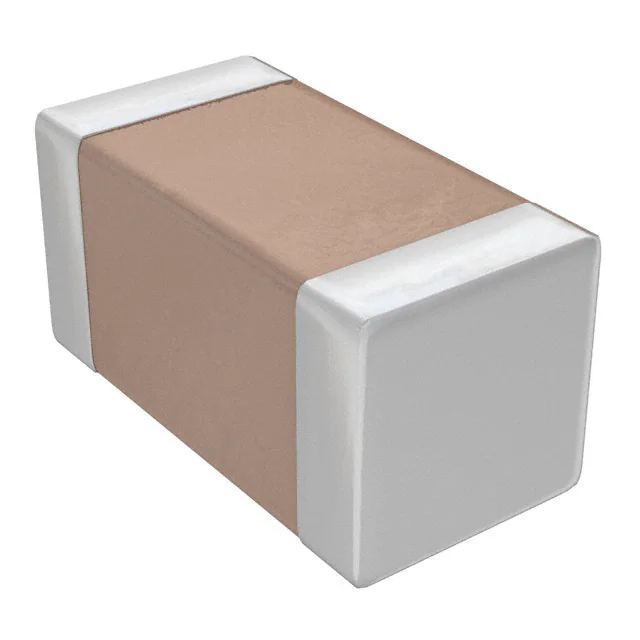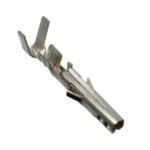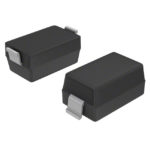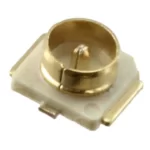Understanding the Essential Types of Capacitors for Your Electronic Devices
As an electronics enthusiast, I understand the importance of using the right components in any electronic device. One of the essential components that every electronic device needs is a capacitor. Capacitors are used to store electric charge and release it when needed. They play an important role in regulating voltage, filtering noise, and stabilizing power supplies. In this article, I will provide a comprehensive guide on the types of capacitors and their uses.
Capacitor Basics: What are Capacitors and How Do They Work?
Before delving into the types of capacitors, it’s important to understand what capacitors are and how they work. In simple terms, a capacitor is an electrical component that stores energy in an electric field. It consists of two metal plates separated by a dielectric material. When a voltage is applied to the capacitor, it charges up, and the plates store energy in the electric field.
Capacitors are used in circuits to regulate voltage, stabilize power supplies, and filter out noise. They can also be used to store energy in electronic flash units or as backup power supplies in case of power outages. Capacitors are rated in Farads (F), and their value determines the amount of charge they can store.
Types of Capacitors: Ceramic Capacitors, Electrolytic Capacitors, Tantalum Capacitors, Film Capacitors, and more
There are several types of capacitors available, each with its own unique characteristics and uses. The most common types of capacitors are ceramic, electrolytic, tantalum, and film capacitors.
Ceramic Capacitors
Ceramic capacitors are the most common type of capacitors used in electronics. They are made of ceramic materials and have a high dielectric constant, which means they can store a large amount of charge in a small space. Ceramic capacitors are available in a range of sizes and capacitance values, and they are generally inexpensive.
Electrolytic Capacitors
Electrolytic capacitors are designed for high capacitance values and are used in circuits that require high energy storage. They are made of aluminum or tantalum and have a liquid or gel electrolyte that increases their capacitance. Electrolytic capacitors can be polarized, meaning they have a positive and negative terminal, and they must be connected correctly in a circuit to function properly.
Tantalum Capacitors
Tantalum capacitors are similar to electrolytic capacitors but are made of tantalum instead of aluminum. They are polarized and are used in circuits that require high stability and reliability. Tantalum capacitors have a low equivalent series resistance (ESR), which means they have a low internal resistance and can operate at high frequencies.
Film Capacitors
Film capacitors are made of a thin plastic film that is coated with a metal electrode. They are used in circuits that require high accuracy and stability and are available in a range of capacitance values. Film capacitors are non-polarized, meaning they can be connected in either direction in a circuit.
Differences between Capacitor Types
Each type of capacitor has its own unique characteristics and uses. Ceramic capacitors are inexpensive and widely available but have lower accuracy and stability than other types. Electrolytic capacitors have high capacitance values but can be affected by temperature and voltage changes. Tantalum capacitors have high stability and reliability but are more expensive than other types. Film capacitors have high accuracy and stability but are more expensive and have lower capacitance values.
When choosing a capacitor for your electronic device, it’s important to consider the specific requirements of your circuit and choose a capacitor that meets those requirements.
Choosing the Right Capacitor for Your Electronic Device
Choosing the right capacitor for your electronic device depends on several factors, including the required capacitance value, voltage rating, and operating temperature range. It’s important to select a capacitor that meets the specific requirements of your circuit to ensure proper functioning.
When selecting a capacitor, it’s also important to consider the type of capacitor and its characteristics. For example, electrolytic capacitors are suitable for high capacitance applications, while ceramic capacitors are suitable for low capacitance applications.
Capacitor Applications: Common Uses of Capacitors in Electronic Devices
Capacitors are used in a wide range of electronic devices, from simple circuits to complex systems. They play an important role in regulating voltage, filtering noise, and stabilizing power supplies. Some common applications of capacitors include:
- Power supply filtering
- Decoupling
- Timing circuits
- Coupling
- Voltage regulation
- DC blocking
- Audio filtering
Capacitors are also used in electronic flash units, backup power supplies, and battery chargers.
Capacitor Safety: Precautions and Best Practices
Capacitors can store a large amount of energy and can be dangerous if mishandled. It’s important to take precautions when working with capacitors to avoid injury. When handling capacitors, always discharge them first to prevent electric shock.
When selecting a capacitor, it’s important to choose one with a suitable voltage rating to avoid overloading the capacitor and causing it to fail. It’s also important to connect the capacitor correctly in the circuit to ensure proper functioning.
Where to Buy Capacitors?
Capacitors are available everywhere and can be purchased from Bomzon. When purchasing capacitors it is very important to choose a reputable bomzon supplier to ensure you are getting high quality components.

Capacitor Maintenance and Troubleshooting
Capacitors require little maintenance but can fail if they are exposed to high temperatures or voltage. If a capacitor fails, it can cause a circuit to malfunction or even fail entirely. It’s important to regularly check the capacitors in your electronic devices and replace any that show signs of damage or wear.
Conclusion
Capacitors are an essential component in any electronic device, and understanding the different types of capacitors and their uses is crucial for selecting the right component for your circuit. By following the guidelines outlined in this article, you can ensure that your electronic devices are equipped with the right capacitors to operate efficiently and safely.
CTA
If you need assistance selecting the right capacitor for your electronic device or have any questions about capacitors, contact us today. Our team of experts is here to help you find the right components for your circuit.


